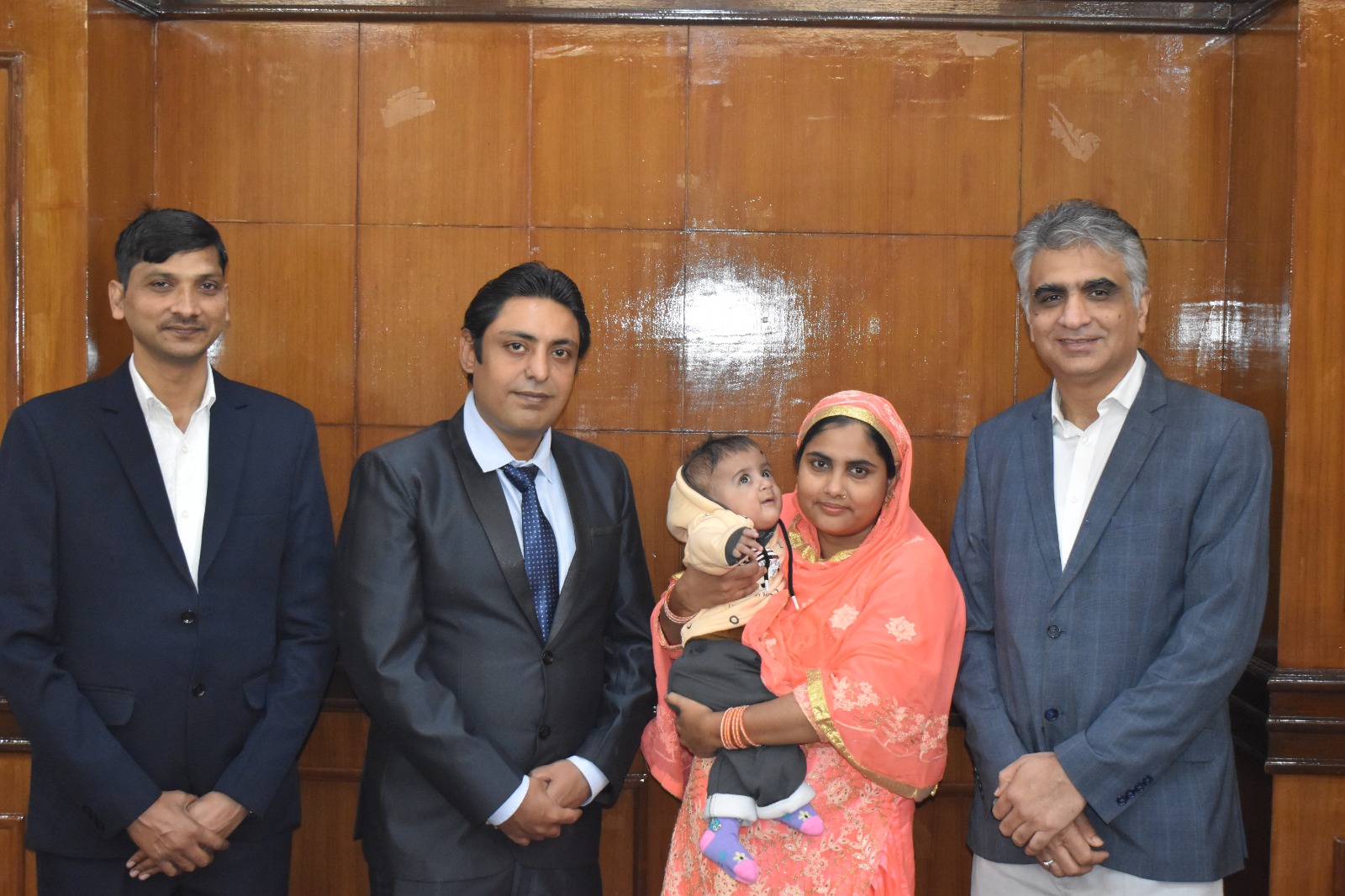Climate change is one of the most pressing global challenges we face today, requiring collaborative efforts and innovative solutions. The G20 Summit, 2023, has introduced an ambitious initiative called the Green Development Pact, aimed at addressing climate change challenges on a global scale. This landmark agreement holds the potential to drive sustainable development, reduce greenhouse gas emissions, and foster a greener future for all.
The Need for Collective Action:
Climate change, with its far-reaching impacts on the environment, economy, and human well-being, demands collective action from nations around the world. The G20 Summit, comprising the world's major economies, recognizes the urgency of the situation and aims to leverage its influence to tackle climate change head-on. The Green Development Pact signifies a crucial step in this direction, as it brings together nations to collectively combat climate change and embrace sustainable practices.
Key Objectives of the Green Development Pact:
The Green Development Pact focuses on several key objectives to address climate change challenges effectively:
1. Carbon Neutrality: The pact emphasizes achieving carbon neutrality by reducing greenhouse gas emissions. This commitment will drive countries to transition to cleaner energy sources, implement energy-efficient technologies, and adopt sustainable practices across sectors.
2. Sustainable Development: The pact promotes sustainable development, acknowledging the interconnectedness of economic growth, social well-being, and environmental sustainability. It encourages countries to adopt policies that balance economic progress with ecological preservation.
3. Green Investments: The pact recognizes the importance of mobilizing investments towards green technologies and initiatives. By encouraging public and private sector investments in renewable energy, sustainable infrastructure, and nature conservation, the pact aims to accelerate the transition to a low-carbon economy.
4. Climate Resilience: Addressing the impacts of climate change and building resilience is a crucial aspect of the Green Development Pact. This involves developing strategies to mitigate and adapt to climate-related risks, fostering robust disaster management systems, and promoting climate-conscious practices in vulnerable regions.
Collaboration and Global Impact:
The Green Development Pact's power lies in its ability to bring together nations from diverse backgrounds to work towards a common goal. The G20 Summit, with its influence and collective strength, has the potential to drive significant change by encouraging knowledge sharing, technology transfer, and collaboration in sustainable development practices. The pact's global impact can extend beyond the G20 countries, inspiring other nations to adopt similar initiatives and creating a domino effect in combating climate change.
Conclusion:
The Green Development Pact, to be discussed at the G20 Summit in 2023, offers hope for a greener and more sustainable future. By uniting nations in the fight against climate change, this ambitious initiative focuses on carbon neutrality, sustainable development, green investments, and climate resilience. If effectively implemented, the pact can pave the way for a global transition to cleaner and more sustainable practices, mitigating the impacts of climate change and ensuring a better world for generations to com

 The G20 Summit 2023 revealed the Green Development Pact, a global initiative to combat climate change, promote sustainability, and reduce emissions for a greener future.
The G20 Summit 2023 revealed the Green Development Pact, a global initiative to combat climate change, promote sustainability, and reduce emissions for a greener future.









.jpeg)








.png)
.png)

.png)
.png)
.png)

.png)
.png)
.png)

.png)
.png)